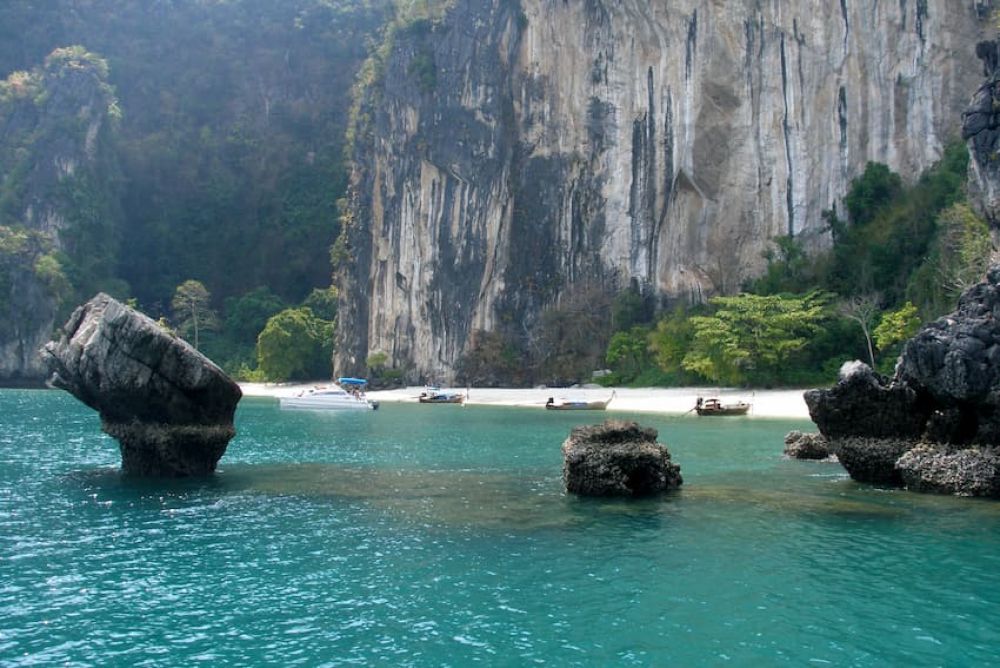

The history of tourism in Phang Nga Bay is relatively young compared to other historic regions of Thailand. The stunning seascape, with its sheer limestone karsts rising out of the emerald waters, was largely unknown to international travelers until the late 20th century. During the 1970s and 1980s, development in Phuket and the surrounding areas began to take place as word of the bay's natural wonders started to spread.
The true catalyst for Phang Nga Bay's popularity was the release of the James Bond film 'The Man with the Golden Gun' in 1974, where one of the bay's islands, Khao Phing Kan, was featured. This led to an unprecedented surge in tourism, and the island was subsequently nicknamed James Bond Island, making it a must-visit on the tourist map. The film's impact was so significant that it brought international fame to the region, attracting visitors from around the world.
In the years that followed, the Thai government, recognizing the ecological and geological significance of the bay, put forward Phang Nga Bay for nomination as a UNESCO World Heritage Site. This move was part of wider conservation efforts to protect the unique environment and the multitude of species that call the bay home.
Fast forward to the 21st century, Phang Nga Bay has embraced the movement towards sustainable tourism. Travellers today are more environmentally conscious, and there is a growing trend towards eco-friendly tours and activities. Kayaking, exploring hidden lagoons, and bird watching are among the popular activities that allow visitors to immerse themselves in the bay’s natural beauty with minimal impact.
Another significant trend in Phang Nga Bay tourism is the rise of community-based tourism. Local communities such as the sea gypsies, or the Moken, offer cultural insights and authentic experiences that provide a deeper understanding of the bay's heritage and traditions. This form of tourism ensures that travel benefits are also extended to the local population.
The advent of digital media and platforms such as Instagram has also had a profound impact on tourism trends in Phang Nga Bay. The striking visuals of the bay are shared widely, inspiring a modern wave of visitors seeking out the picturesque locations they've seen online.
As Phang Nga Bay moves forward, the focus on sustainable and responsible tourism continues to shape its future. Authorities and stakeholders are working to find a balance between welcoming tourists and preserving the bay's natural wonder for future generations to enjoy. As a result, Phang Nga Bay's tourism prospects look vibrant, with an emphasis on experiences that are environmentally friendly and culturally enriching.
In conclusion, the history and evolution of tourism in Phang Nga Bay is a testament to Thailand's ability to adapt and thrive in the changing tourism landscape. From a quiet place of natural beauty to a well-loved international destination, Phang Nga Bay's story remains one of awe and inspiration.